How to Read an Invoice: The 5 Most Important Things to Look For
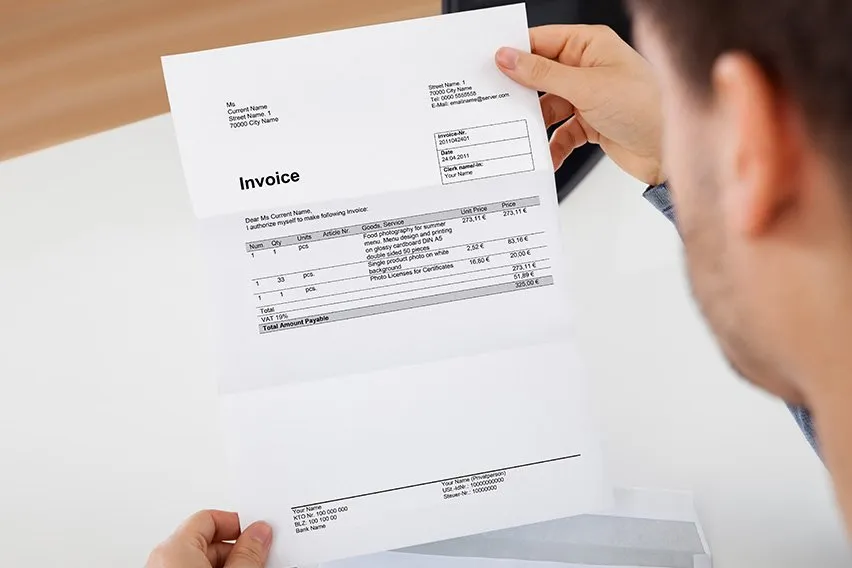
An invoice is usually templated, with sections that will provide an accounting department with what it needs to know in order to approve, process and deliver payment to a vendor in an efficient and timely manner. Here are the 5 most important things to look for on an invoice:
- The Vendor’s Contact Information
- The Purchase Order Number
- Invoice Number
- Description and Pricing
- Payment Terms
1. The Vendor’s Contact Information
The vendor’s name, company name, email address and phone number should be clearly displayed. An accounting department will need this information in order to know where to send payment. A missing zip code or phone number can delay processing of an invoice.

2. The Purchase Order Number
When an accounting department receives an invoice with a purchase order number on it, then they know that their own company previously approved the transaction being billed for.
Now, upon seeing the purchase order number, the accounting department can simply pull that original purchase order for reference, and check that the details on it match the invoice.
Not every invoice will reference a purchase order number, because not every transaction requires one. Typically, a purchase order, or “P.O.”, is only required for more expensive purchases. For instance, a company may have a policy that all purchases over $2500 must have an approved purchase order in advance of the sale. If you want to learn more about the purchase order, its working and why to use it follow our guide on How Do Purchase Orders Work.
3. Invoice Number
An invoice number acts as a reference number for the payment a vendor is going to receive. The vendor creates the number and includes it on his invoice.
An invoice number will help both the vendor and the client. Here’s how.
Once the invoice is paid, the client can close the purchase order. This means the transaction is now considered to be completed.
When the vendor receives the check, he can reference the invoice number on the pay stub to see which invoice he is being paid for. Then he can mark that invoice as paid. This means the transaction is now completed for him too. This is particularly helpful for a vendor who does a lot of business with the same client, and may have a lot of invoices out for approval and processing.
4. Description and Pricing
This section shows the client that the products or services being invoiced for are as previously discussed, and for the agreed upon pricing. This information should be an exact reflection of the descriptions and prices in the purchase order.
This does not mean changes are not allowed. Let’s say halfway through a transaction, the client decided that he needed 12 items of a product, instead of 10. The client’s accounting department can see that there’s a difference between the P.O. and the invoice, but since the difference is not large, and since management has signed off on the actual invoice before forwarding it to accounting, the invoice is cleared for payment.
A detailed description is also helpful in another way. Suppose a year from now the client needs to know how much money the company paid for a very particular service. The client can just reference that invoice. A detailed description is helpful in case the client has to go through a lot of vendor invoices to find the right one.
5. Payment Terms
Payment terms tell the client’s accounting department when the vendor expects payment by. Often a standard term is used, like “payable upon receipt”, “net 30 days”, “net 45 days”, “60” or “90”.
Payment terms can often cause confusion as typically a client has its own pay periods that can conflict with a vendor’s.
Let’s give an example. John runs his own landscaping business in the Detroit area. He submits his first invoice to the headquarters of a large automotive company. John marks his invoice “net 30 days”, yet the company only pays vendor invoices every 60 days. John does not find out about this policy until he contacts his customer (after the 30 days have passed).
It is advisable for vendors working with a company for the first time to ensure that payment terms are agreeable to both parties. In this case, John could have asked for an immediate deposit of 30% of the fee paid up front, before he began his work. Then he would have provided two invoices, one at the beginning of the transaction (for the 30%) and one at the end (once work has been completed, for the remaining 70% balance owed).
Payment terms are also important in that they will tell a client the actual payment methods a vendor will accept. For instance, if a vendor accepts PayPal or credit cards as forms of payment, that information can be included in the payment terms.

Other Questions Related to How to Read an Invoice:
What’s a Purchase Order?
A purchase order is issued by the client (or “buyer”) at the beginning of a transaction.
A purchase order details the client’s expectations in regards to products or services it wishes to buy directly from the seller. This includes pricing information.
The purchase order, once signed, is considered to be a legally binding agreement.
What’s an Invoice?
An invoice is the bill. It is issued by the vendor (or “seller”) of a product or service, once the products have been delivered or the services have been completed.
An invoice details the products or services provided, plus the price. Upon receipt, the client is expected to pay the vendor within a specified time period.
Invoice vs Purchase Order
Please see ‘What is the Difference Between Purchase Order and Invoice” for a detailed description of each document, and an example of how they are used.
RELATED ARTICLES

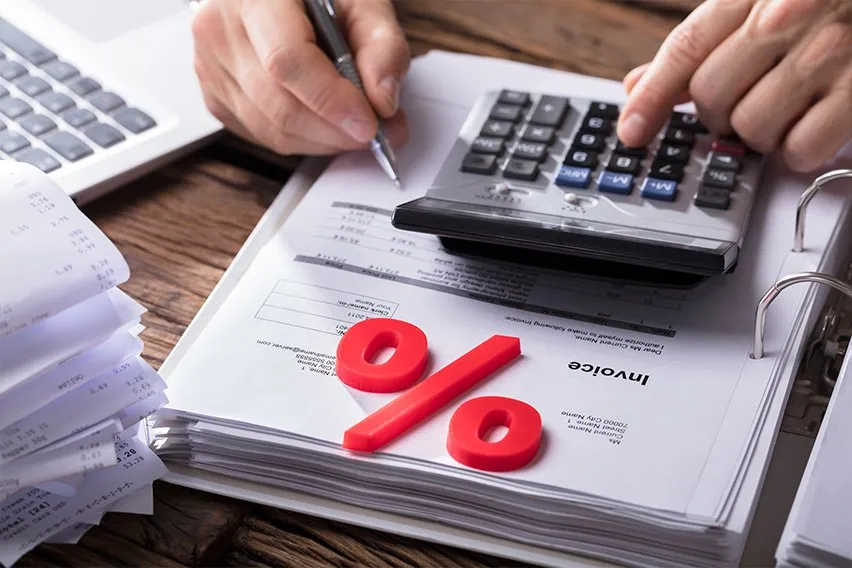 Can I Charge Interest on Late Invoice Payments? Invoicing Etiquette Explained
Can I Charge Interest on Late Invoice Payments? Invoicing Etiquette Explained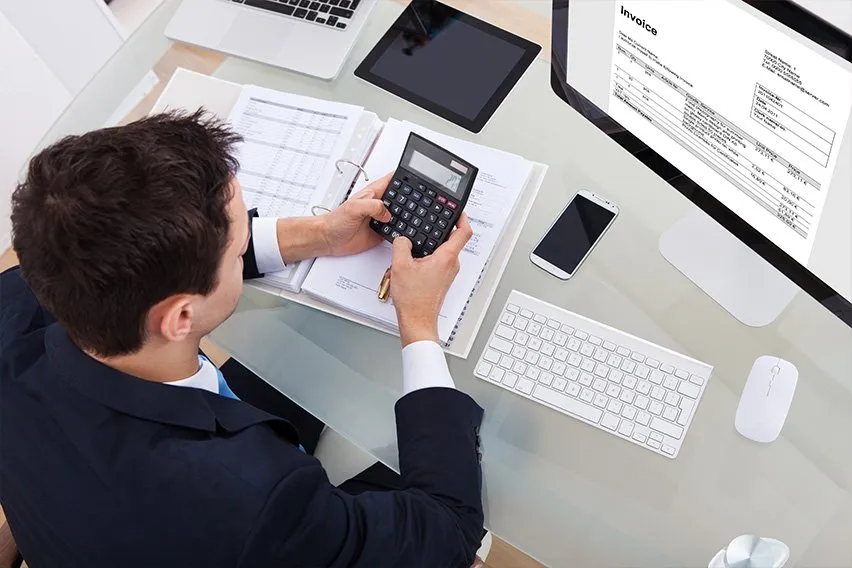 How to Invoice as a Consultant: Tips for Consulting Businesses
How to Invoice as a Consultant: Tips for Consulting Businesses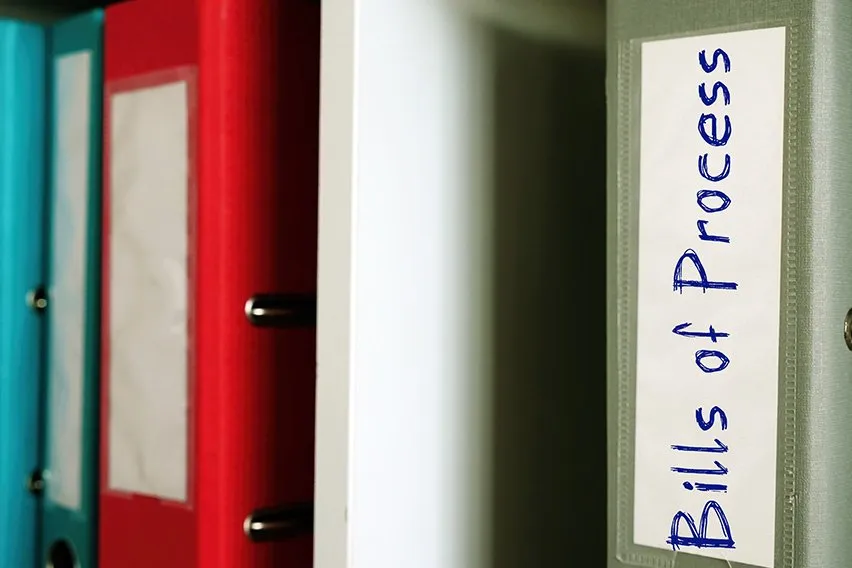 How to Process an Invoice: A Guide for Small Business Owners
How to Process an Invoice: A Guide for Small Business Owners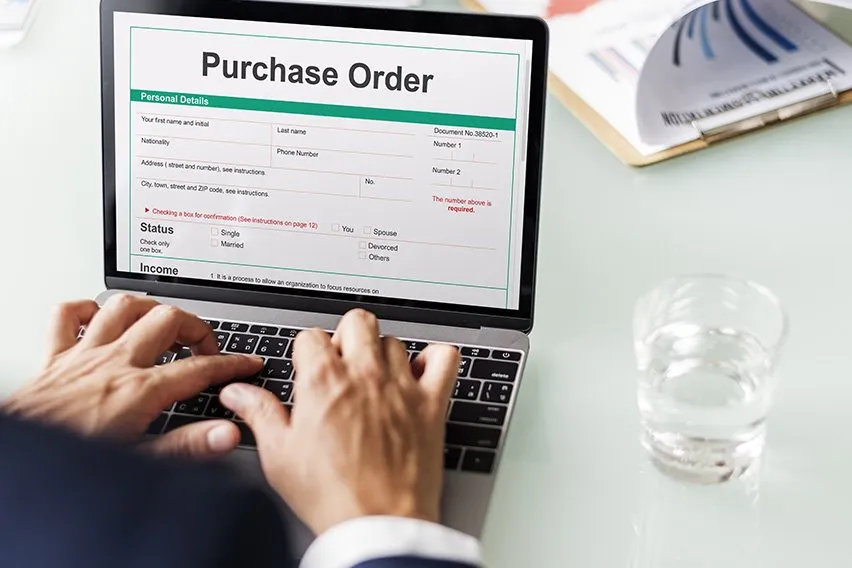 What Is the Difference Between Purchase Order and Invoice?
What Is the Difference Between Purchase Order and Invoice?